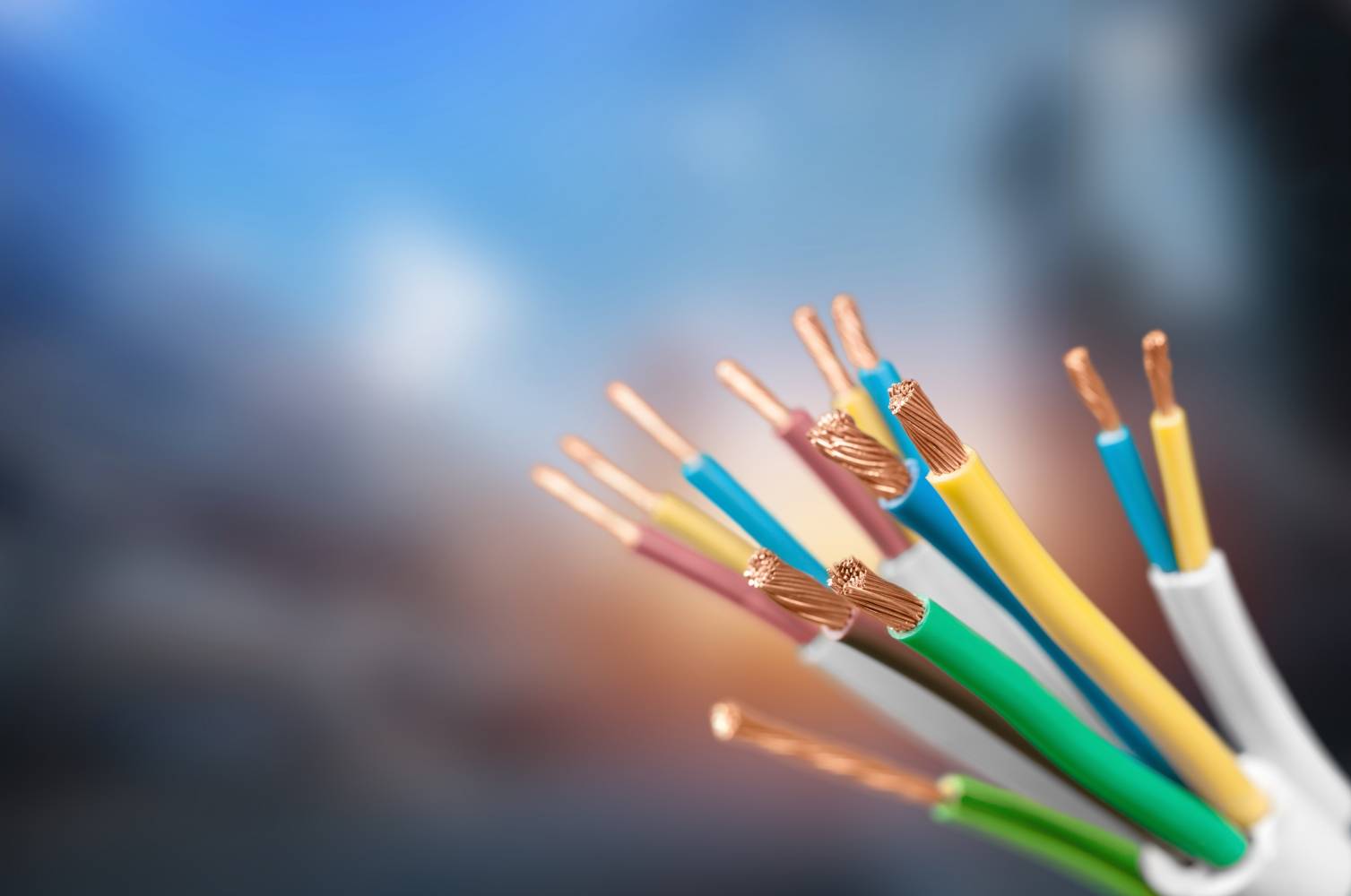FAQs About VRF Systems
A variable refrigerant flow (VRF) system can help your commercial building save money. These systems can be an excellent solution for commercial office buildings and residential rental units. At SESCOS, we have the knowledge and experience to install and maintain the wiring for these systems. Here some questions our customers frequently have.
What Is a VRF System?
A VRF is an air conditioning system that uses one outdoor condensing unit and multiple indoor units. The term VRF refers to the system’s ability to control the amount of refrigerant flowing to multiple evaporators or indoor units.
A VRF system also goes by the name variable refrigerant volume (VRV) system. This name was patented by the Japan-based Dakin company.
Where Can You Find VRF Systems?
While these systems are popular in Europe and in Japan, where they were invented, they have only become well known in the U.S. in recent years.
What Are the Benefits of a VRF?
A VRF addresses the two major needs of commercial rental properties. It allows each unit to control its own heating and cooling, but its efficient design and controllable airflow make it energy-saving and affordable. It allows building owners to provide comfortable units to all their tenants while saving money.
- Energy-saving: Some estimates say a VRF will save you up to 20% on energy costs compared to duct systems.
- Faster and more affordable installation: A VRF air conditioning system is simple to install, and the labor and material costs are low. It’s also less noisy than a duct system.
- Esthetically appealing: Using a VRF involves small, compact units and no ductwork. It’s a particularly attractive setup for smaller buildings.
- Variable temperatures: Using a VRF gives you the ability to have varying temperature settings in the same building or unit. This is useful if, for instance, you have one room in a unit that requires more ventilation or colder temperatures than others in the unit.
How Do They Work?
A VRF controls the amount of refrigerant flowing to each evaporator. This allows individualized comfort control, simultaneous heating and cooling in different zones, and efficient heat recovery from one zone to another.
A VRF uses the so-called direct expansion method to circulate refrigerant to the evaporators. This means the refrigerant helps transfer heat while it’s circulating into cooler individual units. Refrigerant flow control is the key that sets VRF systems apart. A VRF system should not be confused with the centralized VAV (variable air volume) systems, which work by varying the airflow to the conditioned space based on variation in room loads.
What Wiring Do You Need for VRF Systems?
You don’t need special wiring considerations to install a VRF system. Any commercial property can have a VRF installed. If you want to be sure your multi-unit building is ready, call SESCOS. We can check your wiring to be sure you’re ready for the additional electrical load of a VRF.
